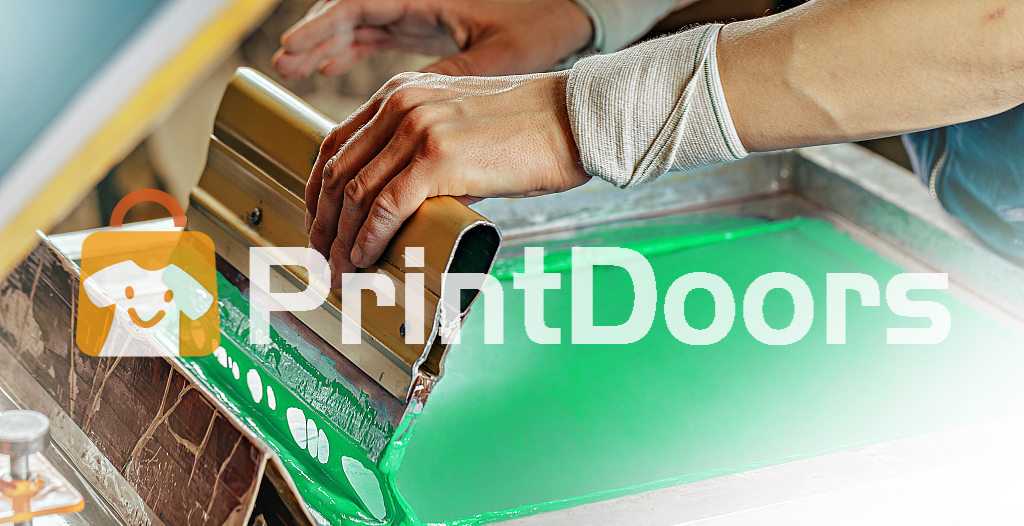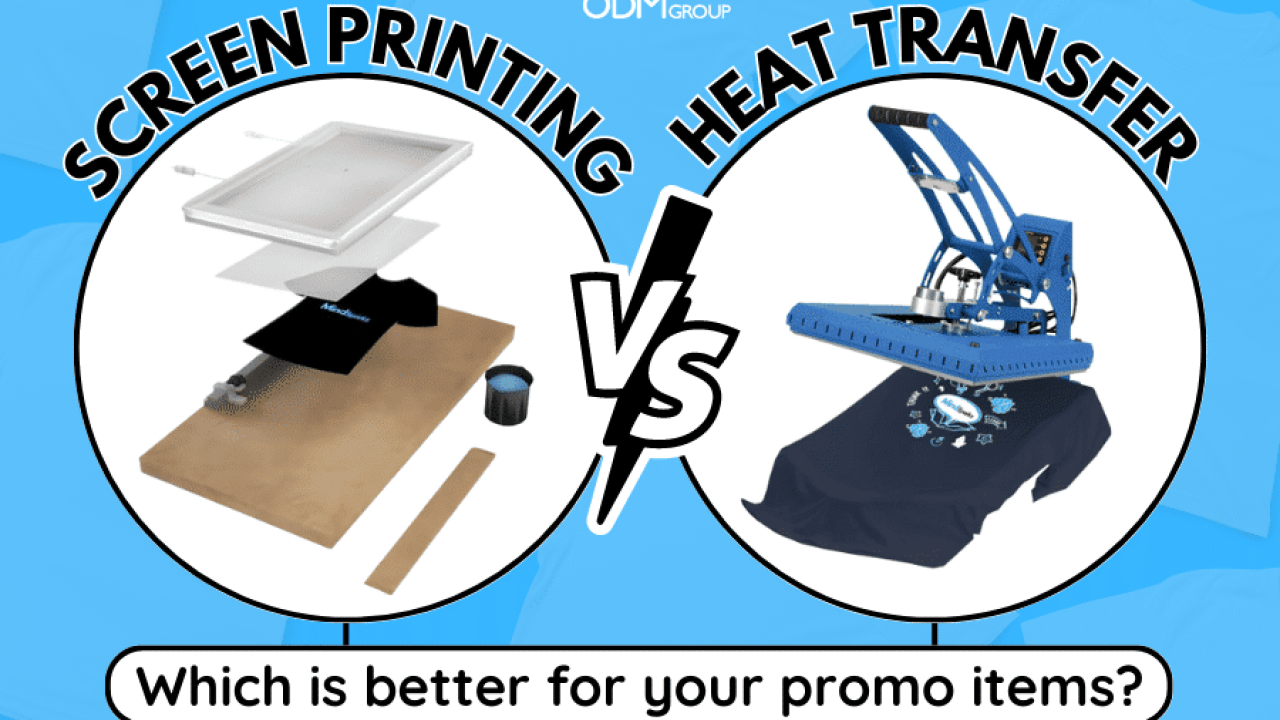The Only Guide to Tx Tees
The Only Guide to Tx Tees
Blog Article
The Definitive Guide for Tx Tees
Table of ContentsThe 6-Second Trick For Tx TeesTx Tees Can Be Fun For AnyoneThe Basic Principles Of Tx Tees The Ultimate Guide To Tx TeesThe smart Trick of Tx Tees That Nobody is DiscussingSome Known Questions About Tx Tees.Unknown Facts About Tx Tees
Include up various other expenses, like the number of energies it takes to run the shop and the price of ink and solution per design. Take the print listed below.The solution needs to just be a few cents considering that you 'd only need to layer one display for this job. Exactly how much should you charge per t shirt to make a profit? Usually, printers attempt to make up to 45% revenue on a print task. Below's a table to assist you identify that: overall cost per item percent of wanted revenue as a decimal (example:.25 or.45) profit made per product per task Now let's discuss the profitability of DTF.

With DTF, you can publish a handful of t-shirts, or simply one. Both display printing and DTF have their particular niches in the globe.
The Single Strategy To Use For Tx Tees
The most effective way to know? Ask about and see what print stores like your own are doing. custom screen printing. Attempt both out and see which you like far better
When you're picking what kind of printing technique to make use of for publishing your artwork styles on your garments, it is essential that you recognize the differences between these 2 strategies so you can make the most of results while reducing costs. Screen printing is the most typically utilized technique for printing styles on textiles.
DTG printing is also called spot or straight to garment printing due to the fact that it publishes only what is required as opposed to making a screen as display printers do. https://tx-tees-45701767.hubspotpagebuilder.com/blog/txtees02. Display printing works by display filler squeegee screen printing ink display mesh display, after that moving the photo to garment using warm and/or pressure
The DTG printer makes use of unique dye-sublimation inks that are used right into a pre-designed picture by a digital printing system. The inks enter into the textile, enabling for vibrant shades and remarkable detail. It's likewise understood as spot or direct to garment printing since it prints only what is required instead of making a display as screen printers do.
A Biased View of Tx Tees
Initially, it's much quicker - you can print a fullcolor picture in mins, as opposed to hours for screen printing. Second, there's no set up time or costs included - you can print any kind of style you like, without having to develop a screen. Third, there's no waste - because display printers display print one style at once, they have to evaluate each color independently.
The paper is extremely expensive and can only be used as soon as. Once it's printed on, it has actually to be thrown out. - The first acquisition cost is less than the upfront investment of DTG printers- You can publish multi-color designs one screen each time rather of having to print each shade separately like DTG printing.

The Single Strategy To Use For Tx Tees
Nonetheless, rather than utilizing display mesh as display printers do, color sublimation printers use laser technology to transfer your photos onto garments or paper. A warm process moves the dye from its solid-state straight right into the gas phase which subsequently integrates it onto fabric substrates when they are rapidly warmed to heats under high pressure.
Sublimation printing is environment-friendly. It utilizes less water than screenprinting, and since it doesn't involve making use of damaging solvents, it's secure for all sorts of clothing. The color sublimation inks are likewise odor-free when healed, unlike screen printers that utilize unsafe chemicals during the display printing procedure that leave behind an undesirable odor.
They likewise conserve cash on costly tools like direct exposure systems since color sublimation printers do not call for a UV direct exposure device or a flash cure oven that is generally made use of in display printing (custom cap printing). What is straight to garment printing (DTG Printing)? DTG printing is an electronic screenprinting procedure that prints directly onto fabric making use of specialized inkjet printers
Some Known Factual Statements About Tx Tees
DTG printing offers lots of benefits over typical screenprinting, including the ability to print photo high quality photos, higher shade vibrancy, and the ability to print styles on darker textiles. DTG printers function by heating up the textile ink up until it develops into a gas. The gas then permeates the textile, bonding with the fibers to produce an irreversible print.

Screen printers just prepare their display then start printing until they run out of product or ink.- There is a wide variety of seasoned screen printers throughout the globe, which click reference can be valuable for newbies. - It's a slower process - screen printers usually have to wait on the ink to dry prior to they can publish the next shade- Screen printers call for manual work, so there's a greater knowing curve and it takes longer to create a top quality design- Display printing isn't as precise as DTG printing, so you may get some "blood loss" of shades from one component of the photo onto an additional if not done effectively.
Not known Details About Tx Tees
Nonetheless, instead of utilizing display mesh as display printers do, dye sublimation printers use laser innovation to transfer your images onto garments or paper. A heat procedure moves the dye from its solid-state straight right into the gas phase which consequently fuses it onto material substratums when they are quickly warmed to high temperatures under high pressure.
Sublimation printing is environmentally friendly. It uses much less water than screenprinting, and because it does not entail using dangerous solvents, it's risk-free for all sorts of garments. The color sublimation inks are also odorless when cured, unlike screen printers that use harmful chemicals throughout the screen printing procedure that leave behind an unpleasant smell.
They likewise conserve money on costly tools like direct exposure systems given that color sublimation printers do not require a UV direct exposure device or a flash remedy stove that is generally made use of in display printing. What is straight to garment printing (DTG Printing)? DTG printing is a digital screenprinting process that publishes directly onto material using specialized inkjet printers.
Facts About Tx Tees Uncovered
DTG printing offers several advantages over traditional screenprinting, consisting of the ability to publish photo quality pictures, better shade vibrancy, and the capability to print designs on darker fabrics. DTG printers function by heating the fabric ink until it becomes a gas. The gas then penetrates the textile, bonding with the fibers to create a long-term print.
Report this page